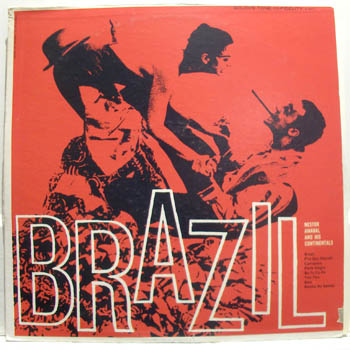 So I’m just going to say it. The majority of silent films creep me out. I’m not always sure what it is exactly that makes me so uneasy whilst watching them, but I need to admit to somebody that I don’t really enjoy them. It’s strange too; Cinematic Modernism is the second uni course I’ve chosen with a focus on these films. Why do I keep doing it to myself?!
So I’m just going to say it. The majority of silent films creep me out. I’m not always sure what it is exactly that makes me so uneasy whilst watching them, but I need to admit to somebody that I don’t really enjoy them. It’s strange too; Cinematic Modernism is the second uni course I’ve chosen with a focus on these films. Why do I keep doing it to myself?! Ok well I can actually answer that. These films are so vital in broadening my knowledge of film and its history. Many of them I do enjoy - to this day Charlie Chaplin’s The Great Dictator (1940) is one of my favourite films. But on the whole, I find it really hard to watch them. I think it has something to do with the people in them - their faces and the way they move. Fritz Lang’s Metropolis (1927) was this beautiful, fantastical and dramatic depiction of the city, which I was appreciating, up until the moment when we once again have these discomforting close ups of the characters - particularly Maria (Brigette Helm) in the garden. Is it really pathetic that the reason for my queasiness could be the make-up used in these films? Buster Keaton’s films are so fantastic, but there’s something weird about the darkness of this blank-faced man’s lips. There’s the exaggerated, dramatic make-up and also the way the close-ups seem to fidget or move; there’s this incessant latching onto the human form and its mechanics. For example, blinking always seems to be depicted as such a strange process in these films. The scene where Cesare (Conrad Veidt) opens his eyes in The Cabinet of Dr. Caligari (1920) still haunts me to this day! Though to be fair, I’m sure that that particular image IS supposed to be pretty frightening.
My reasons for feeling uneasy, during the process of watching these early films, I don’t believe is purely this superficial. I’ve never cared before if someone is wearing too much make-up. I’m not sure that I’ll ever know exactly the reasons why it affects me so.
In Dziga Vertov’s Man with a Movie Camera (1929), however, I’m starting to pinpoint why. *Aha! She’s finally getting to the point!* Or rather, I think it’s more deliberate. I think that the focus on the camera man in this film highlights the perversity of such close observation. Much of the film has a sinister feel, a sense which was probably enhanced by the music. I watched this with the Cinematic Orchestra’s accompaniment, however, the Alloy Orchestra’s accompaniment also embraced slightly sinister tones so my experience was not specific to this particular viewing and music. The concept of close human observation as perverse, is shown through the camera’s obtrusion on highly intimate moments: the funeral, in which we see the face of the deceased man, the woman in labour who then receives her baby, the old woman crying or praying, and the wounded man being bandaged. While you could argue that these moments are encapsulating the human experience, I found the reality of these images strange to witness. Though I think it wasn’t Vertov’s soul aim to show the obtrusiveness of this camera man, the image of the camera spinning into aim, above the city from perhaps a balcony, has to be referencing a gun. The way it spins into aim as though the gun of a sniper shows that nobody is safe from the camera’s gaze. The shots of people running out of the way as the camera rushes through the street also contributes to the sense of the camera as a threat. And once again we have the creepy human eye of the camera man combined with frantic flashes of the city.
Something that I did really appreciate in this film was the great sense of duality between man and machine that permeates the opening sequences. The surreal moment when the members of the orchestra are holding their positions, poised to play, builds tension through the ‘humaness’ of these stills. Their human fidgeting and inability to remain perfectly still in this supposedly still image is then subverted in the next shots as a shaky human hand films still images or objects. The presence of life is consistent even in the montage of non living things. If the camera is not moving slightly, then the images of stone, still buildings are deliberately paired with the shadows of trees blowing in the wind. Even the focus on people sleeping (i.e. homeless man, woman in bed) could lend itself to this idea: sleep being the epitome of human stillness but is never entirely so.

